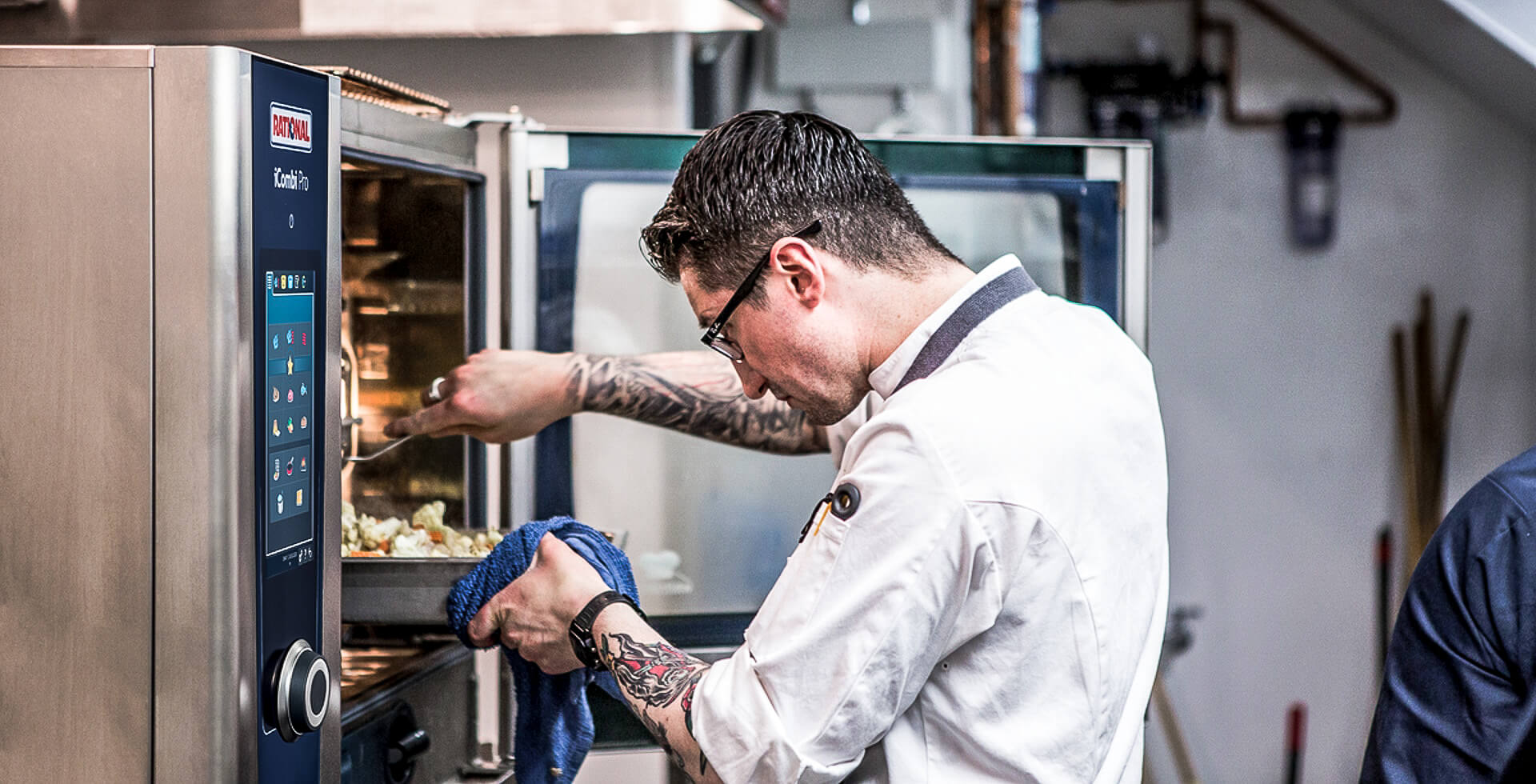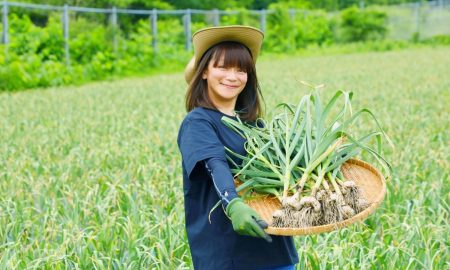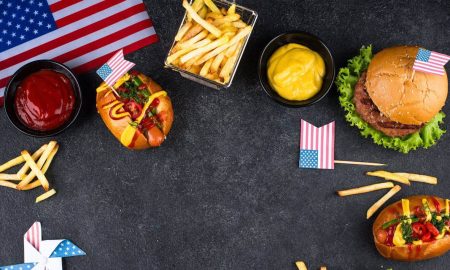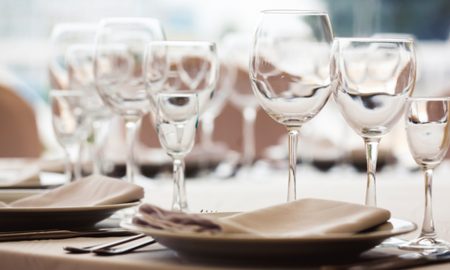Roasting, boiling, stewing, baking – these are the basics that everyone should master in the kitchen. At least if you want to cook delicious food. But adding something special to your plate requires more. And it’s precisely this added level of cooking art that is often used by professionals to turn dishes into something very special. Techniques that have been used by different personalities to evolve the culinary arts over the centuries. And which are now part of the basic preparation methods in every professional kitchen. Here, KTCHNrebel presents eleven cooking techniques that form the basis of any good professional kitchen.
Sous-vide cooking
The development of the sous-vide cooking technique was a major breakthrough in the history of fine cuisine. The term sous-vide is derived from French and literally means “under vacuum”. With this method, fish, meat or vegetables are vacuum sealed and cooked slowly in a water bath at low temperatures, which preserves the flavors and texture of the food particularly well. As early as the 1960s, food under pressure – with or without heat – was developed as an industrial method of food preservation.
In 1974, French star chef Georges Pralus, who is now regarded as the inventor of sous vide, discovered the advantages of this cooking technique when preparing foie gras. At the same time, Bruno Goussault, chief scientist at the food manufacturer Cuisine Solution, investigated the effects of temperatures on different foods. Ultimately, the two came together and worked together on the further development of sous-vide cooking. What was relatively time-consuming and monitoring-intensive back then can now also be used as a cooking method with common professional appliances such as the iCombi or iVario from Rational.

Image: Rational
Espuma
Espuma is the Spanish word for foam. It is derived from ‘to espume’, the process with which sauces or soups are magically placed on the plate as airy foams. This cooking technique is attributed to no less than Spanish chef Ferran Adrià, the pioneer of molecular cuisine. He developed espuma at his legendary three-star restaurant El Bulli on the Catalan Costa Brava. He experimented intensively with different techniques to change the textures of the ingredients. And so he eventually managed to transform liquid ingredients into light foams with a cream siphon. Ferran Adrià created a whole new dimension of taste and aesthetics in the Michelin star kitchen. After all, it’s common knowledge that we eat with our eyes.
Infusion
Infusion is another cooking technique that is often used in the Michelin star kitchen. But the term may be confusing for some. The word “infusion” will inevitably make many people think of a medical treatment first, rather than a preparation method in the professional kitchen. But in both cases, infusion is nothing more than the controlled administration of fluid.
In (high level) cuisine, this refers to the flavoring of liquids with herbs, spices or fruits. The ingredient, such as lavender, is soaked in the liquid to extract the natural flavor and create a subtle, intense taste. It’s not clear who invested this technique; however, there are some Michelin star chefs who regularly use this cooking technique in their kitchens, including Heston Blumenthal, René Redzepi and once again Ferran Adrià.
Fermentation
The term fermentation is probably more common. This involves subjecting food to natural fermentation under controlled conditions. Yeast or bacteria is added to the food here, which alters the taste, texture and shelf life. One well-known example of a fermented dish is Kimchi, a Korean vegetable dish. Vegetables such as Chinese cabbage, radish and carrots are fermented with salt and spices, resulting in a spicy and aromatic taste. In the Michelin star kitchen, fermentation is often used to make sauces, vinegar, pickles and even desserts. For example, a fermented chili sauce can develop a deep and complex taste through the combination of chili and salt (and time), which distinctly elevates a dish. René Redzepi, the founder of restaurant Noma in Copenhagen, enjoys working with this cooking technique in his professional kitchen. And Massimo Bottura, head chef at Osteria Francescana in Modena, Italy, also enjoys using fermentation.

Image: AdobeStock
Reduction
You could also call it evaporating or boiling down – but in professional kitchens, it’s called reduction. With this cooking technique, a liquid loses volume and boils down, thickens. Yes, there’s no better way of putting it: it’s reduced. Condensing the water makes soups, sauces or even a stock thicker and more intense in taste. The ingredients, spices and herbs used stand out more. Reductions are actually made in every professional kitchen – provided that the sauce, stock, roast sauce and so on are made in-house.
Pasteurizing
The process of pasteurization is probably the most well-known of the “special” kitchen techniques. It is used to make food safer and last longer. The food is heated to up to 100 degrees Celsius for a short time, killing pathogenic microorganisms. The most well-known example from everyday life is milk: Pasteurization kills bacteria such as Salmonella or E. coli without losing taste or nutrients. In Michelin star kitchens, on the other hand, sauces, soups or other liquid ingredients are pasteurized. The name of the process goes back to its inventor Louis Pasteur (1822 – 1895). The French chemist discovered it during his research on fermentation; he is considered to be a co-founder of medical microbiology.
Flambéing
Frequently desserts such as Crêpes Suzette, but sometimes also savory dishes, are literally set on fire here. For flambéing, a little alcohol is poured over the dish and lit. It leaves behind a rich aroma that subtly changes the dish. Of course, it is important to choose the right alcohol that complements the flavor of the food. But flambéing is also a dramatic effect that is often done directly at the guests’ table, providing a great show or experience in addition to the meal.
Emulsification
Anyone who has paid attention in chemistry lessons knows: Emulsification involves mixing liquids that cannot otherwise be combined. Many sauces are usually emulsions, i.e. compounds of two components that cannot actually be combined – such as vinegar and oil. To help these ingredients bind for longer, emulsifiers are used: Ingredients that can bind with water and fat. The traditional emulsifiers are egg yolk or honey. In mayonnaise, for example, it is the egg yolk that makes the oil and vinegar mix. And unlike with James Bond, the rule here is: Shake or stir well.
Spherification
Another cooking technique, which comes from Ferran Adrià, the pioneer of molecular cuisine: Spherification is the process of turning liquids into small spheres that burst in the mouth when eaten. So how’s that work? By adding a gelling agent such as alginate to the liquid and then dripping this mixture into a calcium bath. The result not only looks good, but also tastes exciting.
Smoking
A common feature here is smoking à la minute, because unlike traditional smoking, the ingredient is only smoked once the cooking process is complete. The smoke is therefore only used for refinement or to add a delicate flavor. Some chefs even catch it under a bell to put on a real show for guests when serving. Various cooking systems and ingredients can be used to smoke. The essence and aroma differ depending on which woods, spices or herbs are smoked. This opens up a wide range of possibilities and nuances for experimentation.
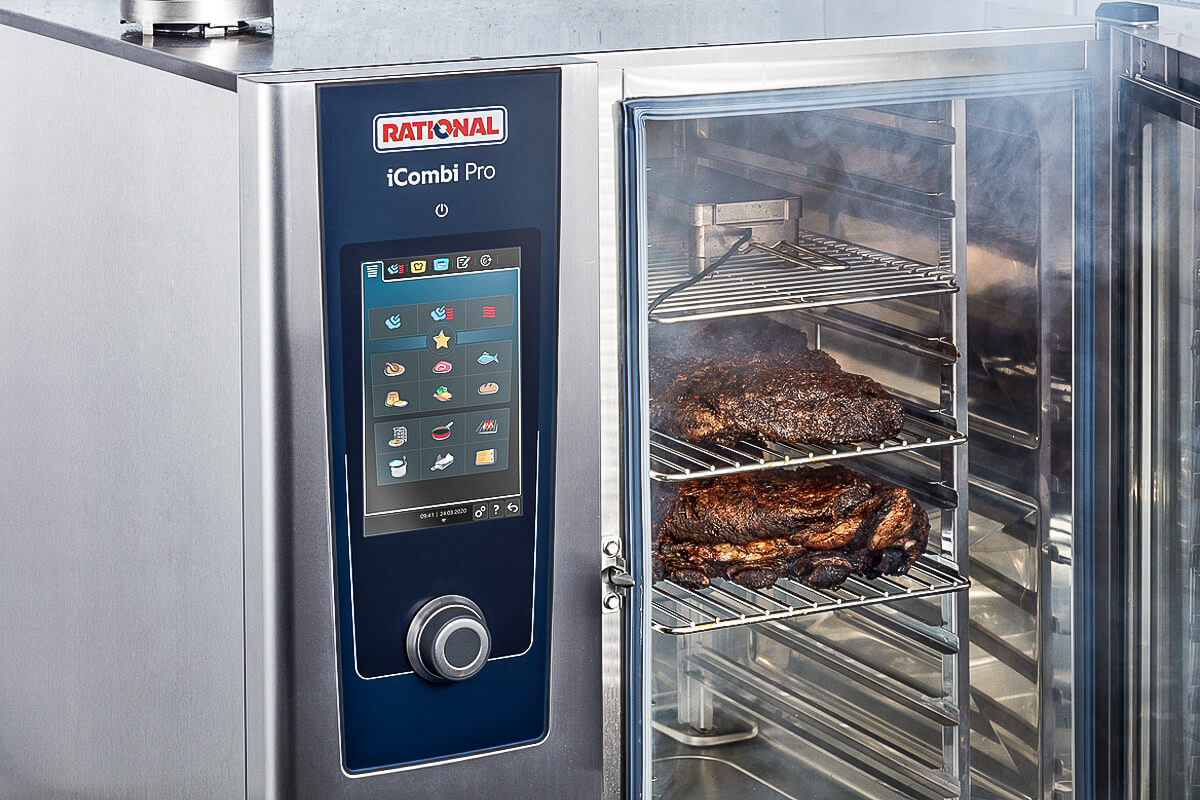
Image: Rational
Poaching
Poaching is derived from poche, the French word for pocket. In concrete terms, this cooking technique is used in Michelin star kitchens to create an envelope – or a pocket – around food. When poaching, food is not cooked in boiling liquid, but rather in simmering liquid at around 80 degrees. Meat, seafood, eggs or fruit can be placed in this and cooked gently. Poaching makes the ingredient particularly juicy. The most well-known result of this technique is probably the poached egg, which is creamy on the inside and firm on the outside.


